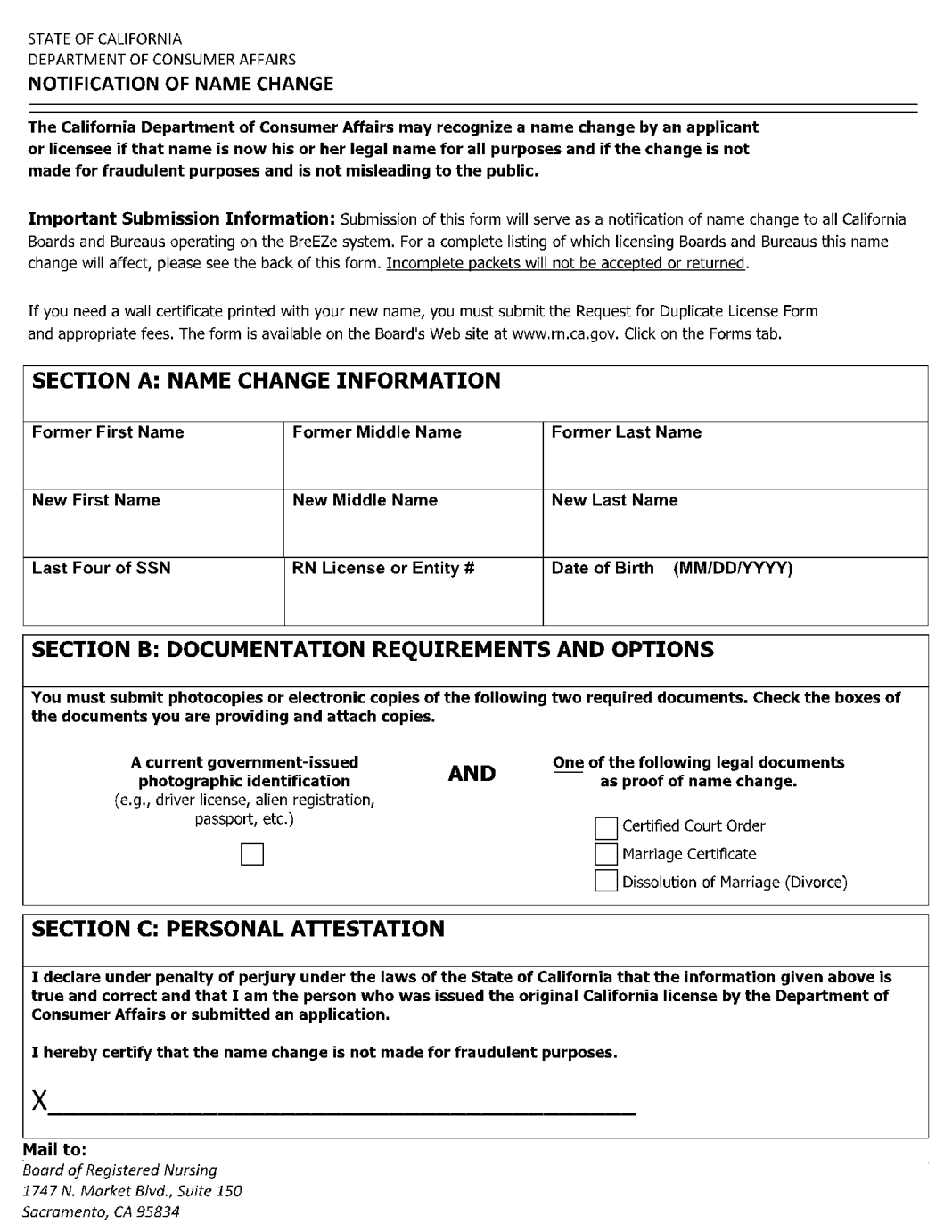 China’s struggle to overcome low domestic demand and investor pessimism was highlighted by weaker-than-expected consumer price increases in May and the 20th consecutive month of declining manufacturing prices. The Consumer Price Index (CPI) rose 0.3 percent in May, falling short of the expected 0.4 percent increase. The Producer Price Index (PPI), which has been in deflation since September 2022, continued to decline in May, although at a slower rate compared to April. These figures reflect the ongoing threat of deflation and uncertain economic outlook for the world’s second-largest economy.
China’s struggle to overcome low domestic demand and investor pessimism was highlighted by weaker-than-expected consumer price increases in May and the 20th consecutive month of declining manufacturing prices. The Consumer Price Index (CPI) rose 0.3 percent in May, falling short of the expected 0.4 percent increase. The Producer Price Index (PPI), which has been in deflation since September 2022, continued to decline in May, although at a slower rate compared to April. These figures reflect the ongoing threat of deflation and uncertain economic outlook for the world’s second-largest economy.
Barclays FICC Research noted that the subdued CPI inflation and softening core CPI reading indicate weakness in domestic demand and private consumption. China has faced its longest deflation stretch since the global financial crisis, struggling to boost consumer spending amid a real estate downturn and a grim labor market. Falling producer prices have also made businesses hesitant to invest, eroding profitability.
The UK-based investment bank highlighted that weak consumption has suppressed consumer prices in China since 2023. Confidence remains low due to a prolonged property sector crisis, and support measures have not been enough to stimulate demand. HSBC emphasized the need for stronger fiscal and monetary stimulus to help solidify growth.
Persistent overcapacity continues to be a concern for China’s economy, as highlighted by Wednesday’s data on core inflation. Capital Economics stated that the pick-up in factory-gate prices is likely temporary due to overcapacity, and they will probably resume their declines before long. This imbalance between supply and demand primarily affects the consumer market.
The research firm explained that the rapid expansion of production capacity since the pandemic began has led to widespread overcapacity. Despite global demand normalizing and declining, policy support has maintained strong manufacturing investment. However, this has created a structural imbalance between supply and demand, with the economy struggling to absorb rapid capital accumulation.
Barclays noted that the lingering consumer goods deflation indicates weak demand and excess capacity issues. Manufacturers may not be able to pass higher input costs fully on to consumers, further hindering the recovery of consumption. Looking ahead, Barclays predicts that labor market weaknesses, uncertain employment and income prospects, negative wealth impacts, and strained household finances will continue to dampen consumption and CPI inflation until 2025.
In conclusion, China’s economic challenges persist despite some improvement in the latest data. Weak domestic demand, falling producer prices, and persistent overcapacity pose significant hurdles for the country’s growth. Stronger fiscal and monetary stimulus, along with addressing structural imbalances, are necessary to support sustainable growth and boost consumer spending.


